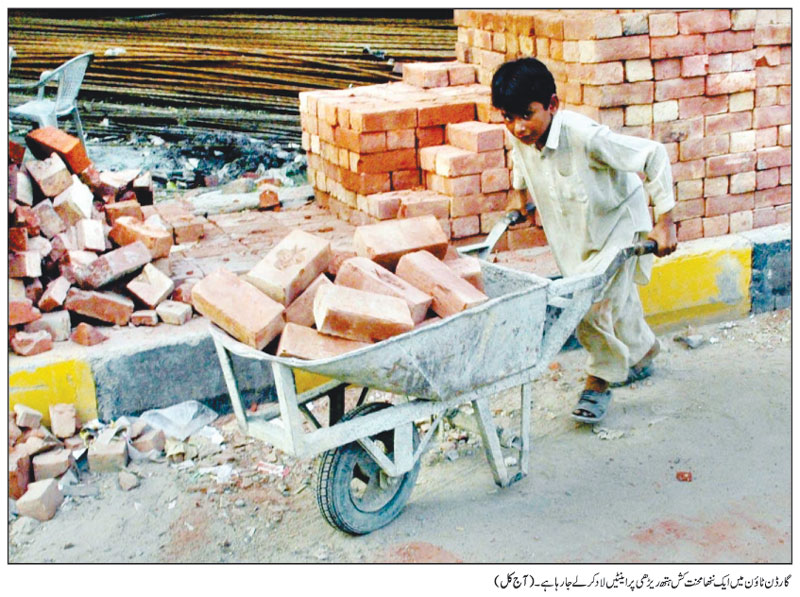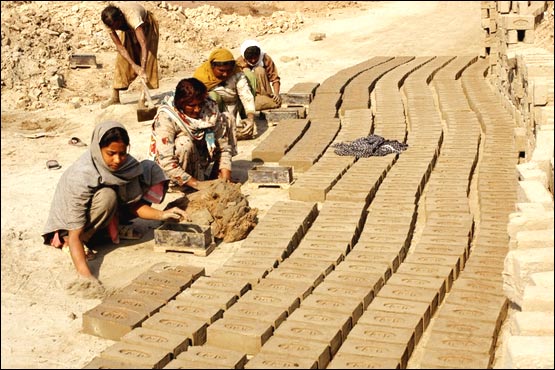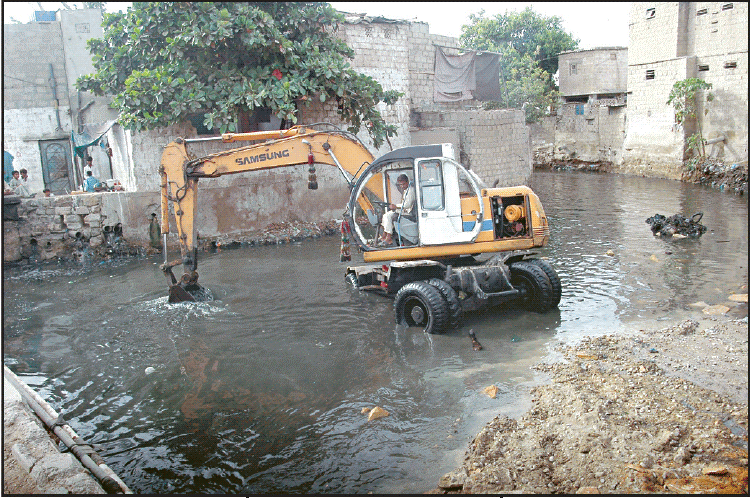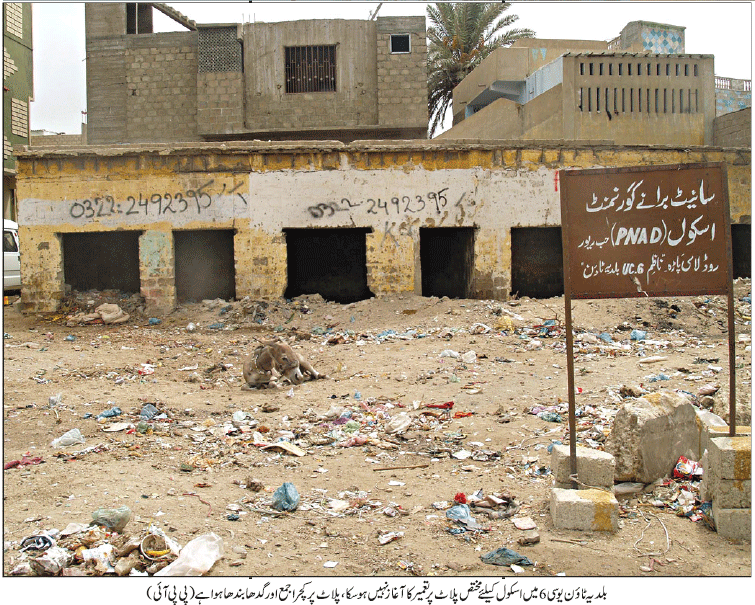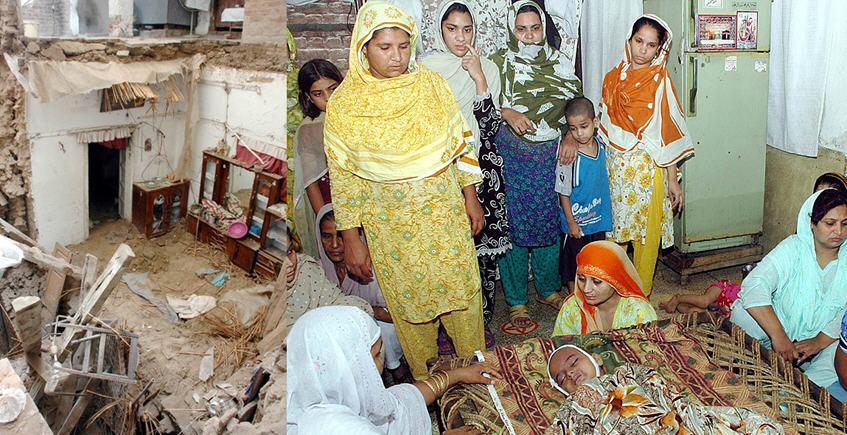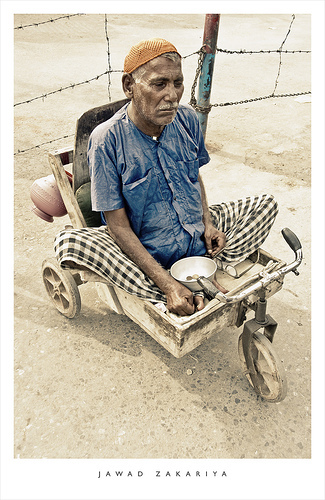Poverty is not a problem of one person,Family or Society,while it is a problem of many Nations in all over the World.
The people who lead their lives under the below line of living standard are count in poor category and our Pakistan is one them.
Lake of Resources and not proper use of Resources are the major cause of poverty .
And like other problems poverty is also a major Problem in our country that Growing day by day.
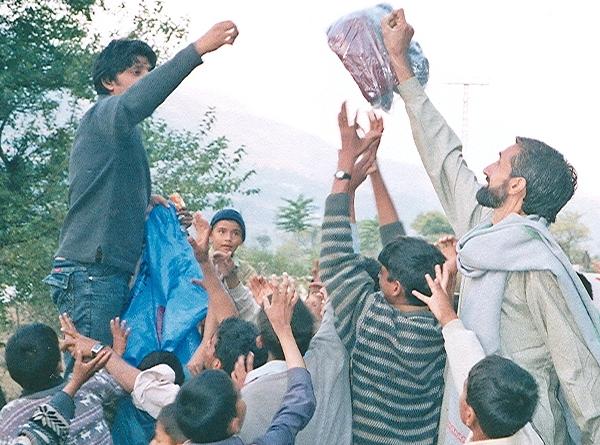
There may be differences on the precise measurement of poverty but it is widely believed that the
incidence of poverty in Pakistan has increased during the decade of 1990s. According to some studies, the
caloric-based poverty has in fact doubled from 17.4% in 1987-88 to 32.6% in 1998-99. Similar results are
obtained on approaches based on basic needs and poverty of opportunity trends.
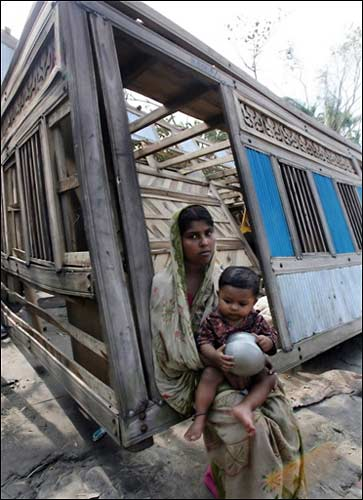
Social indicators such as literacy rate, infant mortality rate, population growth rate, access to water, nutritional intake etc., all
corroborate the above findings that poverty and weak social and human development are not only at an
unacceptable level in absolute terms but also have worsened over the last decade.
**It is said that "The people how feel stomach full haven't idea about the famished stomach n the people who have famished stomach ever have blank mind"
poverty is also seems problem that is not only a problem 4 the people who suffer it while painful for those who viewed those people.**
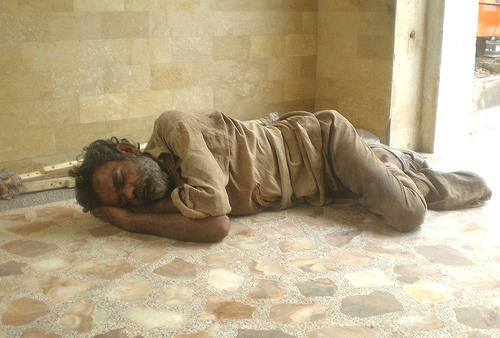
The most important of these is investment in human development-education, training, literacy, health, drinking water, nutrition, population planning. Countries which have neglected human development may achieve some spurt in growth and poverty reduction for a short period of time but these gains will not last long.

women in Pakistan are worse off among the poor compared to men. In a country where only 17 percent of female population participates in labour force, where female enrollment ratios are dismally low and where health indicators are worse for the female population poverty and vulnerability will remain a serious issue.


Economic literature has amply documented that there is no other investment which fetches higher rate of return than investment in female education. This return does not take into account all the externalizations associated with female education in form of better health, nutrition outcomes, lower fertility rate and better citizenship. Bangladesh exemplifies the enormous benefits of female education and labour force participation.
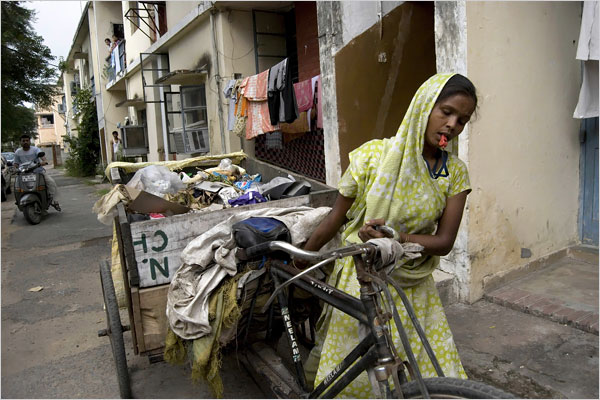
Lack of access to justice, police and executive agencies - while robust informal social networks and non-profit Civil society organizations can take care of the needs of the poor in the areas of education and health there is no substitute available for justice, police and executive agencies of the government.
Economic growth rate has declined from the historical level of 6 per cent to 4 percent and with population growth rate of almost 2.5 per cent and more, the increase in per capital incomes has
been insignificant.
The poor performance on economic growth is accompanied by rising income inequality and
high open unemployment rates. Overall unemployment is estimated at well over 10 per cent and
underemployment even higher.
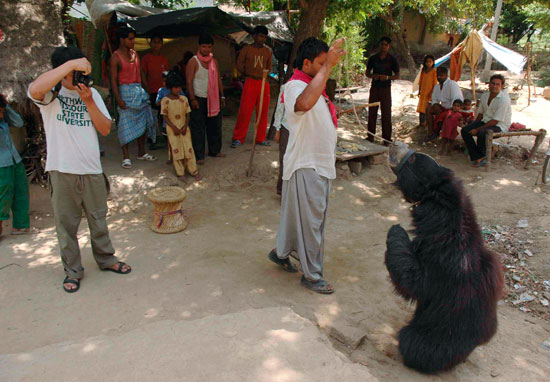
The poor governance of public sector institutions and cornering of public goods by the well-to-do segments of the society in a general environment of congestion and shortages have led to reduced access to
these services by the poor. The worrisome aspect of this poor governance is that opportunities for human
capital formation for those below the poverty line have diminished considerably both for the current cohorts
and the future additions to the labour force.
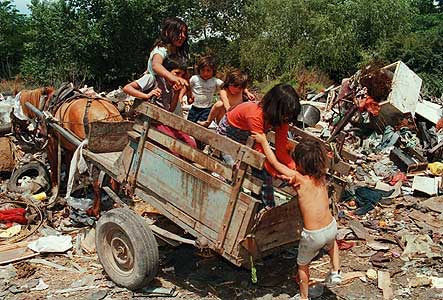
The government there has not done what it was supposed to do but it was the non-governmental organizations are instrumental in spreading their schools throughout the rural areas. The results are simply astounding. Until we pay attention to uplift the status of 50 percent of our population I am not convinced that we will be able to make a significant break through in poverty reduction.
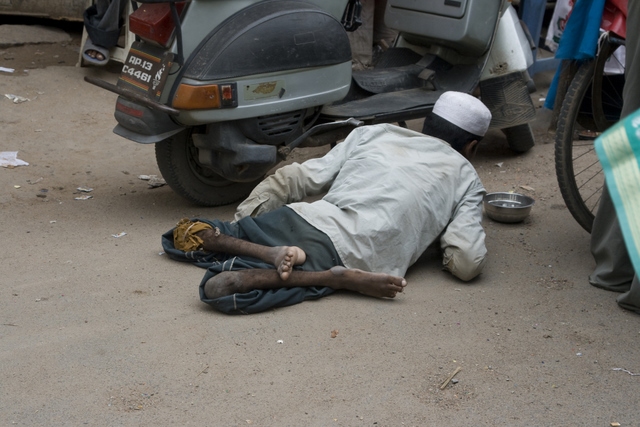
In this era of growing globalization, financial integration and technological revolution of the 1990s
Pakistan has not benefited very much. While the world exports were growing at 5 per cent annually during the
last five years Pakistan’s exports have remained stagnant. Foreign direct investment flows to Pakistan have remained modest in relation to the size of its economy and spurt in information technology has by passed the
shores of Pakistan so far. On the other hand, we have expanded our external debt burden to a level that is
beyond our full servicing capacity.
To conclude, Pakistan has built its poverty reduction strategy on the basis of its own historical experience and incorporated the lessons of global experience also.
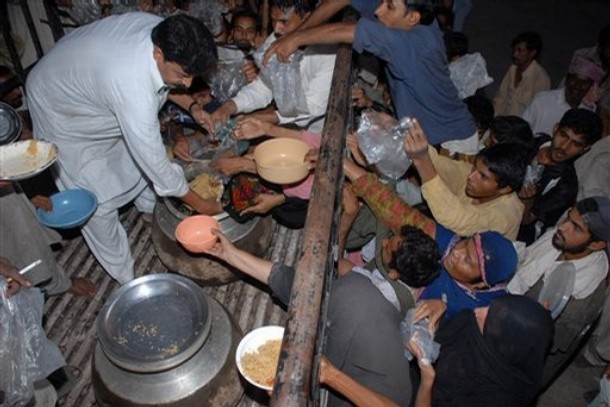
The strategy has the inputs of all stakeholders but it needs strong political commitment, real devolution of powers to grass roots level, a vibrant private-public-community partnerships for delivery of services, change in the bureaucratic values and norms and a focus on gender disparities.
If these issues are resolved sooner than later we can embark on a path of sustainable poverty reduction.

It is said by LayLan
"Teach the people how to catch the fish while to provide them fishes by caught"
If Government of Pakistan apply this kind of strategy about poverty then hopefully the problem of poverty starting solve.Hope for the Best.
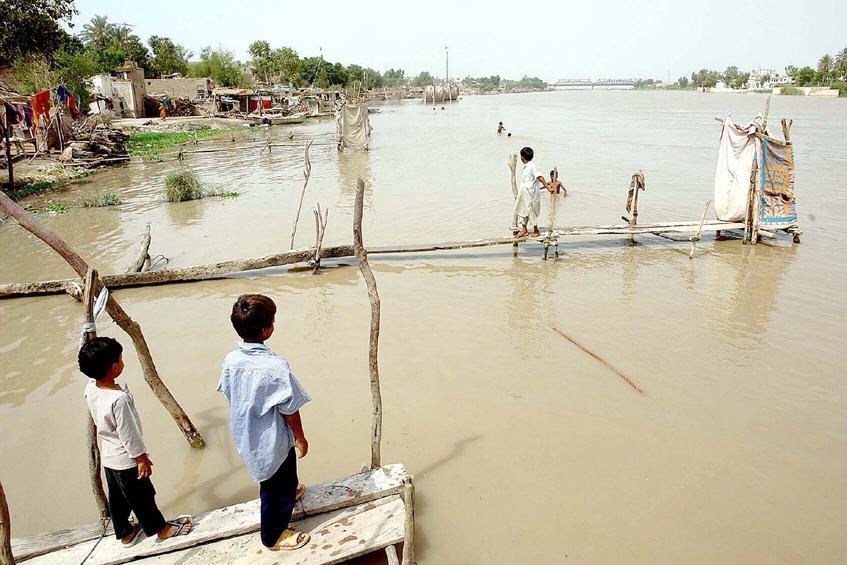
***********************************************

